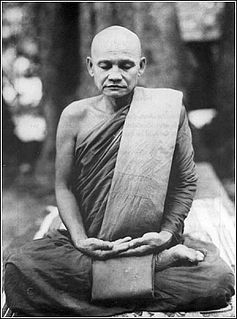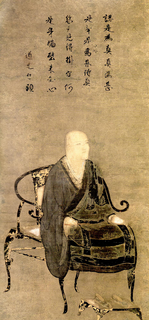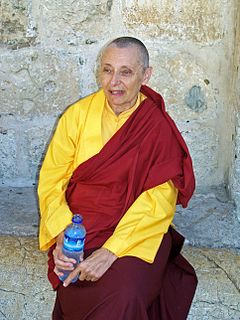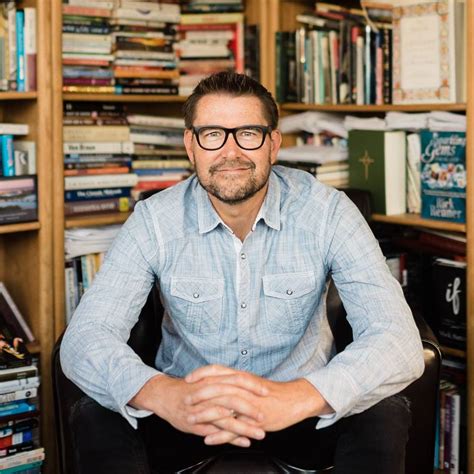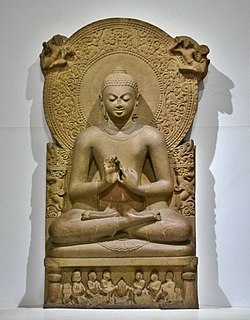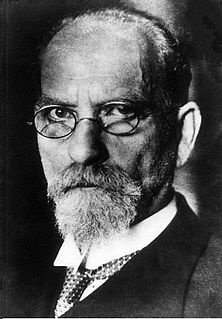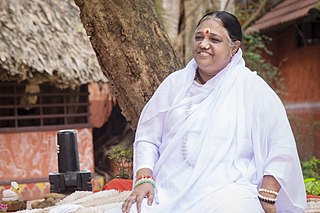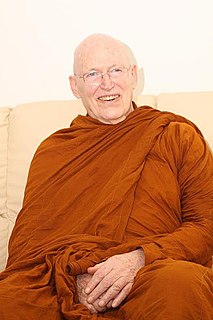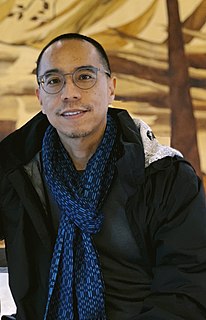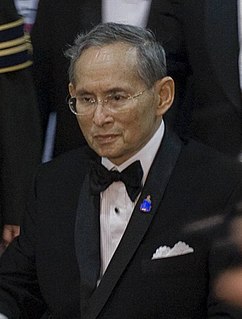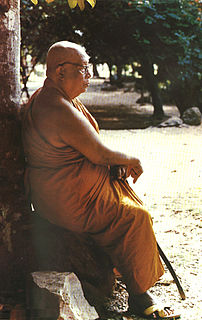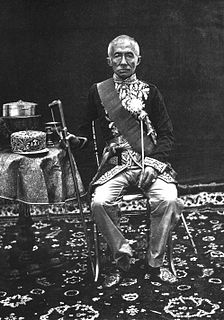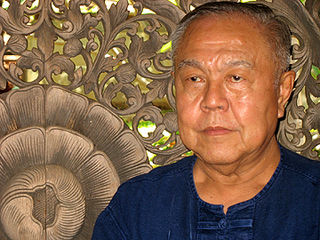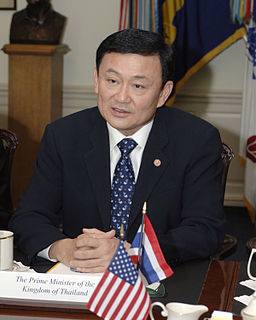A Quote by Ajahn Chah
The one who recognizes the uncertainty of phenomena is the Dharma within you.
Quote Topics
Related Quotes
Dharma has several connotations in South Asian religions, but in Buddhism it has two basic, interrelated meanings: dharma as 'teaching' as found in the expression Buddha Dharma, and dharma as 'reality-as-is' (abhigama-dharma). The teaching is a verbal expression of reality-as-is that consists of two aspects-the subject that realizes and the object that is realized. Together they constitute 'reality-as-is;' if either aspect is lacking, it is not reality-as-is. This sense of dharma or reality-as-is is also called suchness (tathata) or thatness (tattva) in Buddhism.
The object of leadership may be stated as having a system whereby a leader recognizes what is good for the good of the government, for the good of the nation, for the good of humanity, and recognizes the qualities he has and what he can do within his own limitations. He cannot do, and should not attempt to do, the impossible, but he should not fail to attempt something that might be extremely difficult and may be possible.
The art of dharma practice requires commitment, technical accomplishment, and imagination. As with all arts, we will fail to realize its full potential if any of these three are lacking. The raw material of dharma practice is ourself and our world, which are to be understood and transformed according to the vision and values of the dharma itself. This is not a process of self- or world- transcendence, but one of self- and world- creation.
